Key Takeaways:
- Understand the fundamental differences between soft and firm slicker brushes and their respective uses.
- Learn how to choose the right slicker brush based on your dog's coat type and grooming needs.
- Discover the impact of using the appropriate slicker brush on maintaining a healthy coat for your furry friend.
Grooming your pet is an essential part of their care routine, and choosing the right tools can make all the difference. Among the plethora of grooming tools available, slicker brushes are a staple for pet owners.
But what is the difference between a soft and firm slicker brush? This article will delve into the nuances of these brushes to help you make an informed decision for your pet's grooming game.
The Basics of Slicker Brushes
Slicker brushes are designed with fine wire bristles, typically mounted on a flat or slightly curved head. These bristles are excellent for removing loose hair, tangles, and mats from your dog's coat.
They come in various sizes and bristle types to cater to different dog breeds and coat types. Whether you have a long-haired Yorkshire Terrier or a short-haired Boston Terrier, there's a slicker brush to suit your needs.
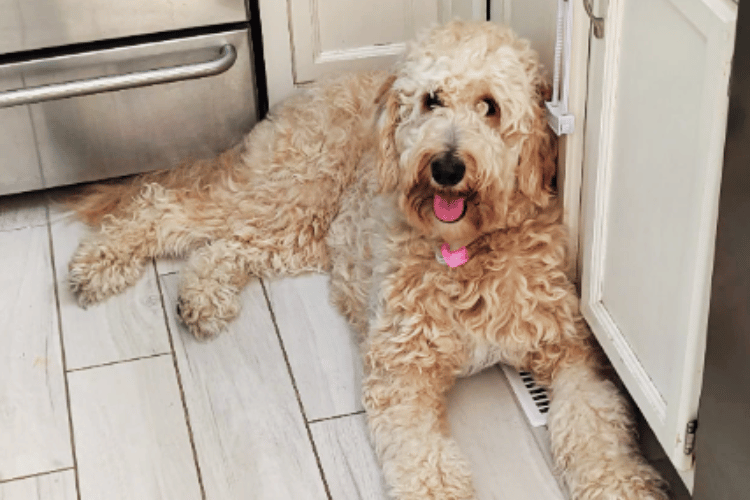
Soft Slicker Brushes: Gentle on the Coat
Soft slicker brushes are equipped with softer bristles that are less rigid than their firm counterparts. These brushes are ideal for dogs with sensitive skin, fine coats, or puppies who are new to the grooming process.
Soft slickers are gentle enough to remove loose fur and excess hair without causing discomfort, making them a go-to choice for breeds like Cocker Spaniels and other dogs with delicate coats.
Firm Slicker Brushes: Tackling Tough Tangles
On the other hand, firm slicker brushes boast stiffer bristles that can penetrate thick coats and effectively remove mats and tangles. They are particularly useful for double-coated breeds like Golden Retrievers and dogs with wiry or curly coats. The robust nature of firm slicker brushes makes them essential tools during shedding seasons, as they can reach the undercoat to remove dead hair and prevent matting.
Soft vs. Firm: The Impact on Your Dog's Skin
The type of slicker brush you use can significantly affect your dog's skin. Soft slicker brushes are less likely to irritate or scratch the skin, making them suitable for pets with sensitive skin or those prone to skin issues. Firm slicker brushes, while excellent for detangling, require careful handling to avoid applying too much pressure, which could harm the skin.
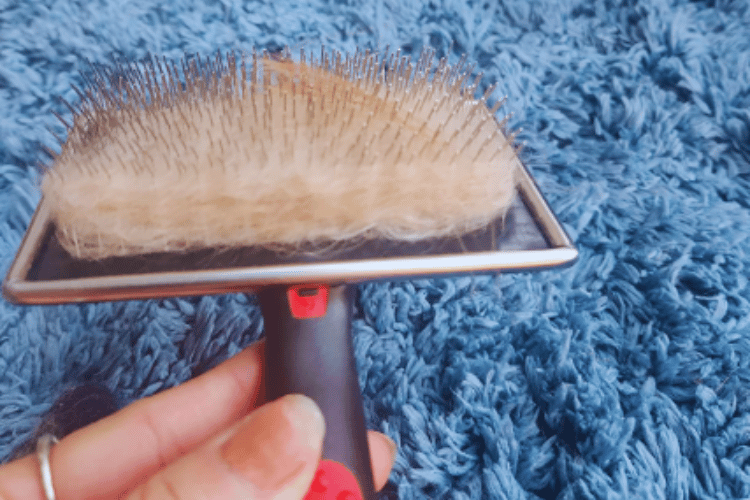
The Role of Coat Types in Brush Selection
Choosing the right slicker brush is largely dependent on your dog's coat type. Long coats, thick hair, and double coats often necessitate a firm slicker brush to manage the grooming process effectively. Conversely, dogs with fine coats, such as Jack Russell Terriers, or curly-haired dogs like Poodles, may benefit more from the gentleness of soft slicker brushes.
Grooming Tools for Specific Breeds
Certain dog breeds have unique grooming needs that dictate the type of slicker brush to use. For instance, double coat dogs like Huskies require a brush that can reach their dense undercoat, while breeds with fine coats, such as Yorkshire Terriers, need a brush that won't overwhelm their delicate hair. Understanding your pet's breed-specific requirements is crucial in selecting the right grooming tools.
Understanding Different Brush Types for Your Pet's Coat
When it comes to grooming your pet, understanding the variety of brush types available is crucial. Bristle brushes are excellent for pets with short, smooth coats, like Boston Terriers. Their tightly packed bristles help remove loose hair and distribute natural oils throughout the dog's coat, promoting a healthy shine.
On the other hand, pin brushes are more suited for dogs with longer, silkier coats. These brushes have straight pins that gently glide through the hair, effectively detangling without pulling, making them ideal for breeds like Golden Retrievers.
Rubber brushes and curry combs are another set of tools that deserve a spot in your pet grooming arsenal. These are particularly effective for massaging dog's skin while also helping to remove loose hair from short-coated breeds. For those with double-coated breeds, such as Huskies, a rubber brush can be a godsend during shedding season.
Meanwhile, flea combs are a specialized type of grooming tool designed to extract fleas and their eggs from your pet's coat. They have very fine teeth and can also be used to spot-check for fleas on any breed, regardless of coat type.
The Significance of Regular Grooming for Double Coated Breeds
Double coated breeds, such as the majestic Golden Retriever, require consistent grooming to maintain their lustrous fur. Regular use of the right slicker brush can prevent matting and distribute natural oils throughout your pet's coat, which is essential for the health of their skin and coat.
For these breeds, a firm slicker brush is often the tool of choice. It reaches through the thick outer layer to effectively detangle the dense undercoat, all while being careful not to harm the dog's skin.
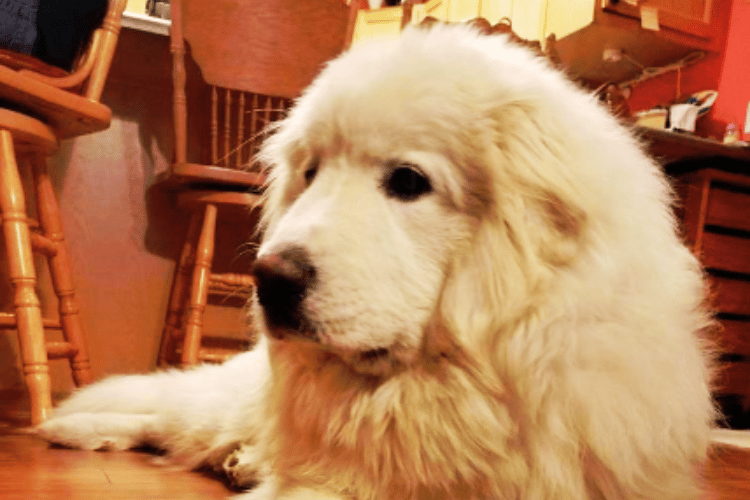
However, it's not just about detangling. Grooming your double coated dog also helps to reduce shedding and can keep your home free of excess fur. During the shedding season, a slicker brush, coupled with a flea comb for a thorough check, can be invaluable. The flea comb can also help in removing any debris or fleas that might be hiding in the undercoat, ensuring your pet's coat and skin remain healthy and clean.
Long Haired Dogs: Grooming Challenges and Solutions
Long haired dogs present a unique set of grooming challenges. Their beautiful, flowing coats, if not properly maintained, can quickly become a haven for knots and tangles.
For these breeds, a soft slicker brush is often recommended to gently work through the hair without causing discomfort or damage to the dog's skin. The soft bristles are ideal for the delicate task of smoothing out the coat, making it a perfect choice for breeds like the Shih Tzu or the Yorkshire Terrier.
In addition to the slicker brush, owners of long haired dogs should consider incorporating a variety of grooming tools into their routine. A wide-toothed comb can help to loosen tangles before brushing, while a flea comb can be used to inspect the dog's skin and coat for any signs of parasites. Regular grooming not only keeps the coat looking great but also provides an opportunity to check for any skin issues or abnormalities that may require a vet's attention.
The Best Grooming Practices for Curly and Wiry Coats
Curly haired dogs, such as Poodles, require a specific approach to grooming. Their dense, curly coat can easily trap debris and become matted. Using a slicker brush with a flexible head can help navigate the curls and remove tangles without causing discomfort.
For maintaining a curly coat, regular brushing is essential to prevent mats and keep the curls neat and defined. Additionally, longer haired dogs might benefit from a combination of brush types, starting with a slicker brush to remove tangles and finishing with a bristle brush for a smooth finish.
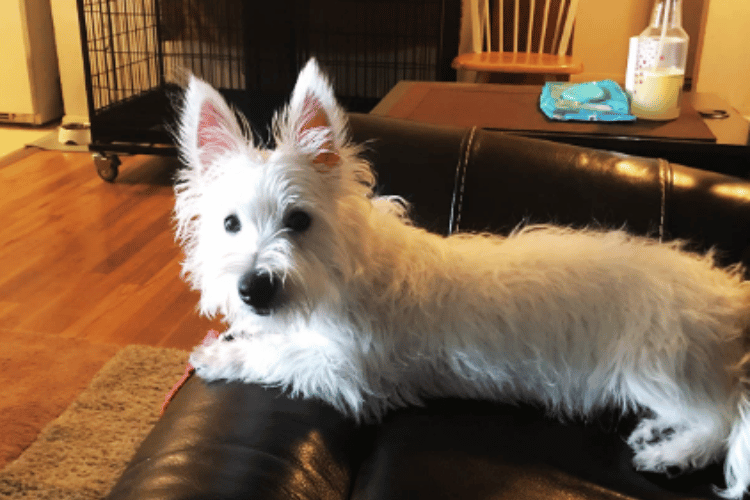
Wiry coats, found on breeds like Schnauzers, have their own set of challenges. These coats consist of a tough topcoat and a soft undercoat. To effectively groom a wiry coat, one might start with a firm slicker brush to remove matted hair, followed by a pin brush to smooth out the topcoat.
It's important to brush in the direction of the hair growth to avoid irritation and to ensure that the natural texture of the wiry coat is maintained. Regular grooming not only keeps the coat looking good but also stimulates the skin and helps to distribute natural oils throughout the pet's coat.
The Importance of Bristle Flexibility
The flexibility of the bristles in a slicker brush also plays a vital role in the grooming process. Soft slicker brushes often feature more flexible bristles, which can adapt to the contours of your pet's body, providing a comfortable grooming experience. Firm slicker brushes, with their less flexible bristles, are better suited for working through thick coats and stubborn mats.
The Design of the Brush Head
Slicker brushes come with either flat heads or curved heads, each serving a different purpose. Flat heads are great for general grooming and can cover a larger surface area, while curved heads are designed to navigate the contours of your pet's body more effectively, making them ideal for removing tangles and mats in hard-to-reach areas.
Grooming Techniques for Optimal Results
The technique you use when grooming with a slicker brush can influence the outcome. For long-haired dogs, it's important to brush in layers, starting from the bottom and working your way up to prevent pulling and discomfort. For dogs with thick coats, using a slicker brush in combination with other brushes, like an undercoat rake, can enhance the grooming process.
Maintaining a Healthy Coat
Regular grooming with the right slicker brush not only keeps your pet's coat shiny and free from tangles but also distributes natural oils throughout the coat, promoting a healthy shine. Whether you're using a soft or firm slicker brush, the goal is to maintain a healthy coat by removing dead hair and preventing mats without causing stress to your furry friend.
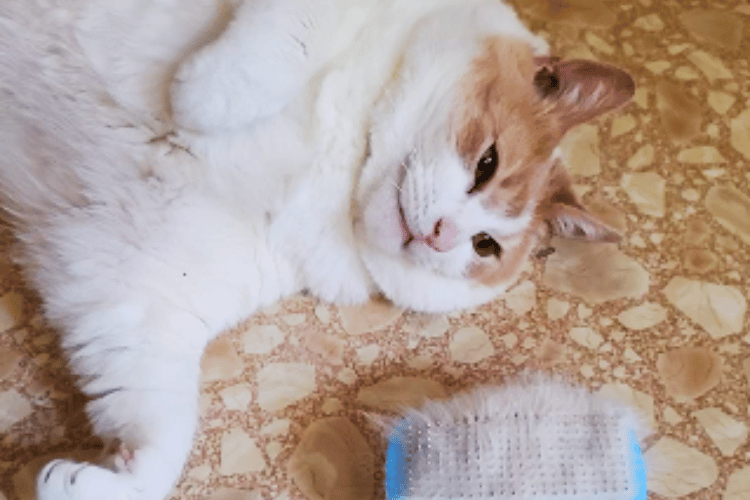
The Grooming Table: A Professional's Perspective
Professional groomers often have an array of grooming tools at their disposal, including various types of slicker brushes. They understand the importance of using the right brush for the right coat and can provide valuable insights into the grooming needs of different dog breeds. Observing a grooming session at a professional grooming table can offer practical examples of how to use slicker brushes effectively.
The Verdict: Soft or Firm?
Ultimately, the choice between a soft and firm slicker brush comes down to your dog's specific grooming needs. Soft slicker brushes are best for pets with fine coats, sensitive skin, or those who require a gentler touch. Firm slicker brushes are the go-to for pets with thick, curly, or double coats that need a more robust grooming approach.
Summary
The difference between a soft and firm slicker brush lies in the bristle stiffness and the type of grooming they are best suited for. Soft slicker brushes are gentle and ideal for pets with sensitive skin or fine coats, while firm slicker brushes are designed to tackle thick hair, double coats, and stubborn mats. Choosing the right slicker brush for your pet's coat type and grooming needs is essential for maintaining a healthy, tangle-free coat.
FAQ Section
Can I use a firm slicker brush on a dog with a fine coat?
It's not recommended to use a firm slicker brush on a dog with a fine coat as it may be too harsh and could damage the coat or irritate the skin. A soft slicker brush would be more appropriate for fine coats.
How often should I groom my dog with a slicker brush?
The frequency of grooming depends on your dog's coat type and lifestyle. Generally, a weekly brushing session is sufficient for most dogs, but those with longer hair or active outdoor lifestyles may require more frequent grooming.
Are there any slicker brushes that are suitable for all coat types?
While there are versatile slicker brushes available, it's best to choose a brush specifically designed for your dog's coat type to ensure the most effective and comfortable grooming experience.
Thank you for visiting LegitLists we hope this helps you make a legitimate choice!






